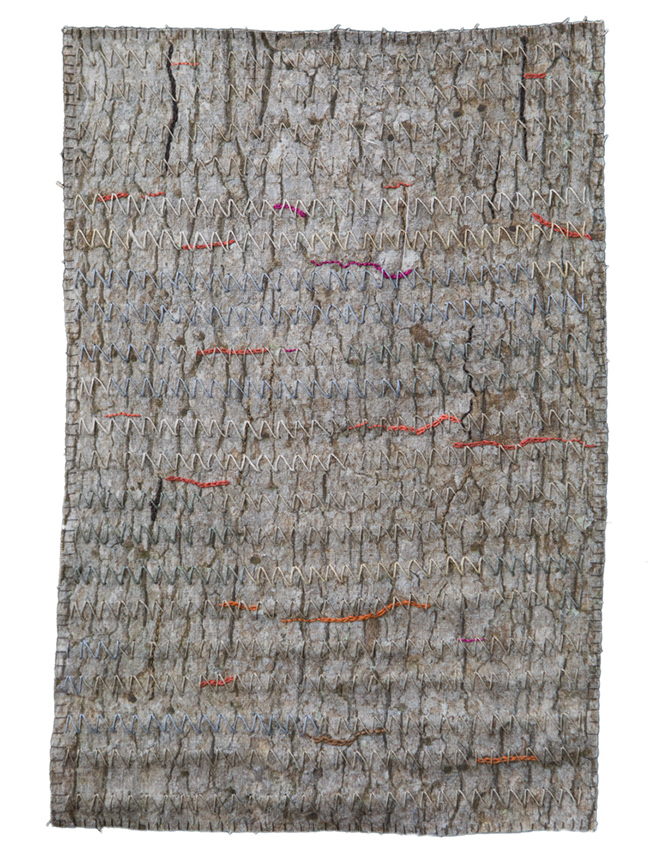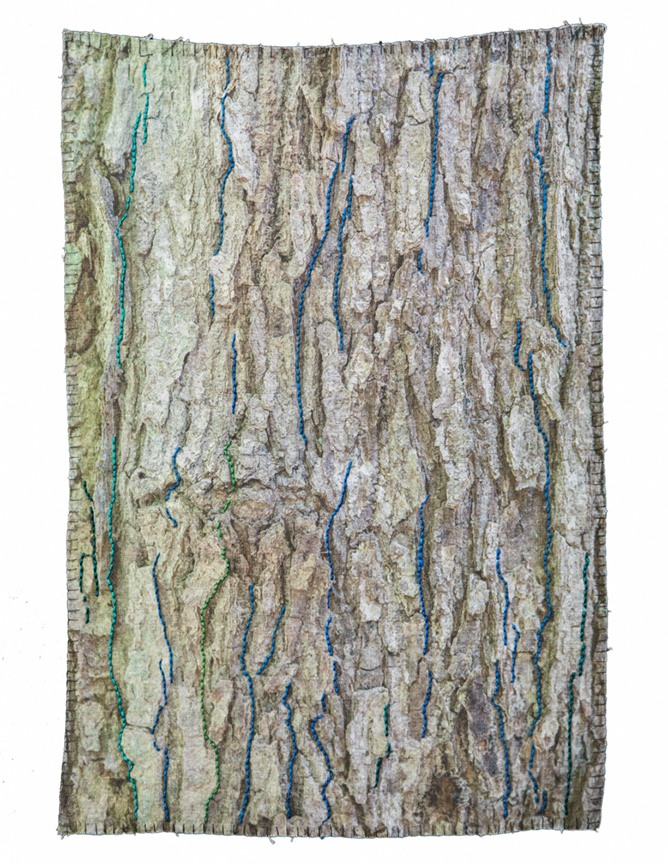It’s hard to take Duane Michals seriously when he’s pretending that he’s Don Quixote and his freeing slaves from that’s actually an abandoned mill on the edge of Pittsburgh, when he’s stealing a pair of gloves from a storefront, or leaving a souvenir of a column aside the museum display of a replica of a building that looks like the Parthenon. He seems to defy all the stereotypes of senior citizens depicting them as decrepit; at the ripe age of 80 years old, Michals is youthful, energetic, sarcastic, and has a childlike curiosity for the world that feels contagious. His art reflects his traits, breaking down themes like life, love, and death into bite-sized stories that can evoke the same curiosity in the viewer. I was inspired by his ability to tell stories and his inability to take anything seriously, and surprised by his photo-taking method.
Throughout the film, Michals tells a lot of stories but sometimes it’s hard to discern fact from fiction. He so easily spews illustrious sentences that somehow build a narrative, it sounds effortless and totally believable. One example is when he told a story about a lighthouse that used to be atop a hill near his childhood home in Pittsburgh. The story seems true enough up until the point where he mentions that at the top of the 1000th step of this lighthouse, one could see the Eiffel Tower in the distance. I believe that coming up with so many narratives on the fly, no matter how silly they are, is good practice for telling stories. Throughout the movie, I found myself taking him seriously less and less the more he told these kinds of stories, not in a mistrusting way but rather in a way where it made his narratives funnier to me.
I think the thing that surprised me the most was how Michals has a youthful spirit. At the beginning, his interactions with the young man/model were so playful and relaxed. Not only that, but his playful banter with the inanimate duck statue was so funny. It felt refreshing, as it’s not the kind of behavior one would typically see of someone on the older side. I think his bright energy and inability to take anything seriously helps fuel the natural curiosity he has for the world, and in turn, makes the world more interesting to him. Michals inspired me to take myself less seriously and just have fun with not only my photography, but with everything else I do in life, it just makes it more fun.
I was surprised to gradually discover that the focal point of Michals’ artwork is the words that he writes with it, and not necessarily the photograph. The purpose of the picture seems like it’s to grab the attention of a viewer, and then it is just an aid to the story that he’s trying to tell in the caption. When he was taking pictures of the female model for the Pandora’s Box series, it seemed like he had the story in mind/the meaning of the picture beforehand as he was directing her, meaning that the story is really the foundation of the piece. Not only that, but he didn’t seem to care much for technical aspects of photography, which I also liked. For someone who’s more well-known as a photographer, his photographic process seemed like a secondary storyline to this movie and to who he is as an artist and a person.





